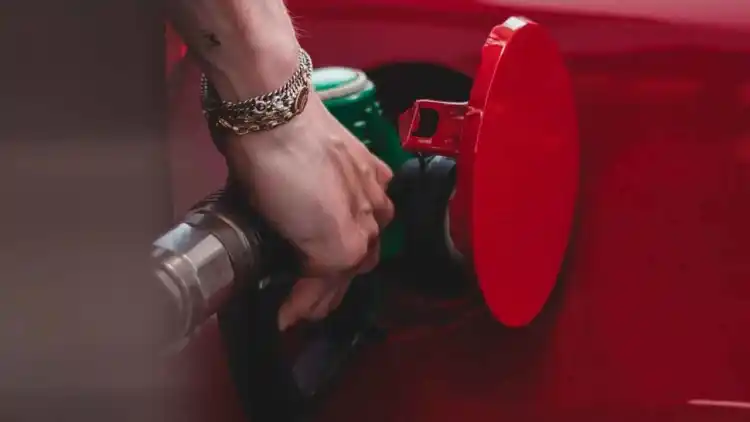- What is Engine Lugging?
- How Does Engine Lugging Affect Your Car?
- Signs of Engine Lugging
- Why Is Engine Lugging Worse in Turbocharged Engines?
- How to Avoid Engine Lugging?
- Tips for Beginner Drivers
Engine lugging is an important concept every driver should understand, especially those driving manual transmission vehicles. Driving a manual car might seem complicated at first, but with practice, you can improve your vehicle’s performance and fuel efficiency by shifting gears at the right time. However, many beginner drivers make a common mistake called engine lugging, which can cause serious long-term damage to the engine.
What is Engine Lugging?
Engine lugging occurs when you try to accelerate while in a high gear, whereas you should actually downshift to a lower gear to increase torque. It might seem counterintuitive, but lower gears provide the torque needed to accelerate and increase speed. The truth is that fifth or sixth gear should only be used for maintaining a steady speed, while trying to accelerate at full throttle in a high gear puts unnecessary strain on the engine.
How Does Engine Lugging Affect Your Car?
When the engine is forced to operate at low RPMs under high load, it struggles to move the vehicle, causing increased pressure inside the cylinders. This high pressure makes it difficult for the pistons to move freely, leading to premature combustion of fuel inside the cylinder (a phenomenon known as “knocking” or “pinging”), which signals engine distress.
Continued lugging causes excessive pressure and heat on engine components like pistons and cylinder walls, leading to carbon deposits that stick to piston rings and cause wear. This wear allows combustion gases to leak into the crankcase—a problem called "blow-by"—which raises pressure and temperature inside the crankcase, reducing its ability to lubricate engine parts.
If these gases mix with moisture, acidic compounds can form, causing further corrosion to pistons and other engine parts. Even moisture alone can contaminate the oil, leading to sludge and rust formation inside the engine.
Signs of Engine Lugging
Vehicle vibrations and unstable engine feel.
Loss of power and poor throttle response.
Unusual knocking or rattling noises from the engine.
Noticeable drop in fuel efficiency.
Why Is Engine Lugging Worse in Turbocharged Engines?
In turbocharged engines, lugging is even more harmful because the turbocharger adds extra pressure inside the cylinders. This combined pressure can severely damage both the engine and the turbocharger, leading to costly repairs.
How to Avoid Engine Lugging?
Learn to listen to the engine sound and recognize when to shift gears.
Downshift before accelerating to increase engine RPM and torque.
Use high gears only to maintain speed, not for acceleration.
When slowing down, apply the brakes first and then downshift gradually.
Tips for Beginner Drivers
Engine lugging is common among new drivers unfamiliar with engine sounds and gear timing. It’s important to take time to understand how the engine and transmission work and when to shift gears. Regular practice improves driving skills and helps avoid potential engine damage.
Engine lugging happens when you try to accelerate in a high gear at low engine RPMs, causing excessive pressure and heat that can damage engine components over time. You can recognize it by vibrations, power loss, and knocking noises. To avoid lugging, downshift as needed and increase engine RPM before accelerating.
Understanding this phenomenon and learning how to manage it extends engine life, improves vehicle performance, and enhances fuel efficiency—essential knowledge for anyone driving a manual transmission car.













